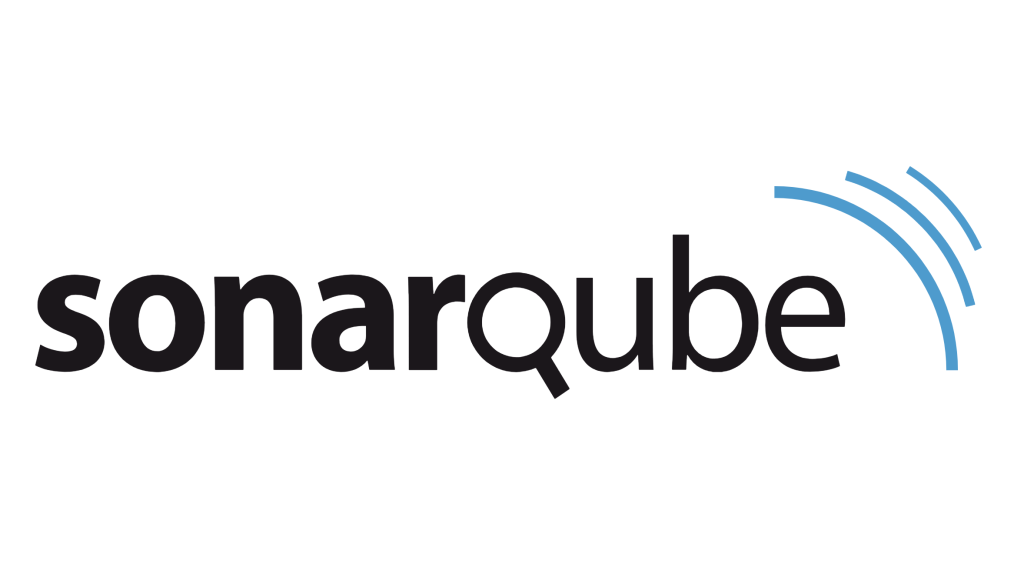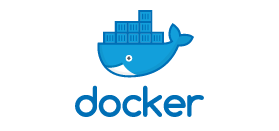The MERN Blog Project is a fullstack web application built using the MERN (MongoDB, Express, React, Node.js) stack. This project provides a simple and efficient way to create and manage blog posts. With this application, users can create, edit, and delete their blog posts easily.
To use the MERN Blog Project, you need to have Node.js and MongoDB installed on your system. Once you have installed these dependencies, you can clone the project using the following command:
git clone https://github.com/neelgandhi108/MERN-Blog-Project.git
After cloning the project, navigate to the project directory and install the dependencies by running the following command:
npm install
To run the MERN Blog Project, you need to run the server and the client separately. To run the server, navigate to the project directory and run the following command:
npm run server
To run the client, navigate to the client directory and run the following command:
npm start
Once you have started the server and client, you can open your web browser and navigate to http://localhost:3000 to use the application.
The MERN Blog Project comes with a range of features that make it easy to create and manage your blog posts. These features include:
- Homepage: Displays a list of all the blog posts in the database.
- Login and Register Page: Allows users to register and login to the application.
- Authentication: Ensures that only logged-in users can create, edit, and delete their blog posts.
- Create New Post Page: Allows users to create new blog posts. Display Posts: Displays all the blog posts in the database.
- Single Post Page: Displays a single blog post with its details.
- Edit Post Page: Allows users to edit their existing blog posts.
- Logout Functionality: Allows users to logout from the application.
This project is a full-stack web application built using the MERN stack. However, to fully realize the benefits of this project, we can integrate it with various DevOps tools that help with building, testing, deploying, monitoring, and scaling the application. Here are the steps to integrate the MERN Blog Project with some popular DevOps tools:
Jenkins is an open-source automation server that helps automate building, testing, and deploying software. To integrate Jenkins with the MERN Blog project, follow these steps:
- Install Jenkins on a server or a virtual machine.
- Create a Jenkins pipeline job for the MERN Blog project that builds the project, runs tests, and deploys the application to a staging environment.
- Configure the pipeline to trigger builds automatically whenever changes are pushed to the source code repository.

- Install SonarQube on a server or a virtual machine.
- Configure SonarQube to analyze the MERN Blog project's codebase.
- Integrate SonarQube with the Jenkins pipeline job to fail the build if the code quality falls below a certain threshold.
Docker is a containerization platform that helps package an application and its dependencies into a single container. To integrate Docker with the MERN Blog project, follow these steps:
- Dockerize the MERN Blog project by creating a Dockerfile that specifies the application's runtime environment and dependencies.
- Build a Docker image of the MERN Blog project and push it to a container registry like Docker Hub or Amazon ECR.
- Use Docker Compose to deploy the MERN Blog project to a local development environment.
Kubernetes is an open-source container orchestration platform that helps manage and automate containerized applications. To integrate Kubernetes with the MERN Blog project, follow these steps:
- Create a Kubernetes deployment file for the MERN Blog project that specifies the Docker image to use, the number of replicas, and other configuration options.
- Deploy the MERN Blog project to a Kubernetes cluster using kubectl or a Kubernetes dashboard.
Terraform is an open-source infrastructure as code tool that helps manage infrastructure resources. To integrate Terraform with the MERN Blog project, follow these steps:
- Define the infrastructure resources required to run the MERN Blog project, such as servers, load balancers, and databases, in Terraform code.
- Use Terraform to provision and manage the infrastructure resources on a cloud platform like AWS, Google Cloud, or Azure.

- Install and configure a data source for the MERN Blog project's metrics, such as Prometheus or InfluxDB.
- Create a Grafana dashboard that displays the MERN Blog project's key performance indicators (KPIs), such as response time, throughput, and error rate.
Prometheus is an open-source monitoring system that collects metrics from monitored targets. To integrate Prometheus with the MERN Blog project, follow these steps:
- Instrument the MERN Blog project's code with Prometheus client libraries to expose metrics.
- Configure Prometheus to scrape the metrics from the MERN Blog project's endpoints.
- Use Prometheus to store and analyze the MERN Blog project's metrics and create alerts based on predefined rules.
By integrating these DevOps tools with the MERN Blog project, we can streamline the development and deployment process,
The MERN Blog Project provides an easy and efficient way to create and manage your blog posts. With this application, you can easily create, edit, and delete your blog posts, as well as view all the posts in the database. This project is a great starting point for anyone looking to build a fullstack web application using the MERN stack.
Learnt Web Development part from Code with Dawid Learnt Devops part from Aareez Asif and CloudChamp



